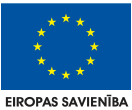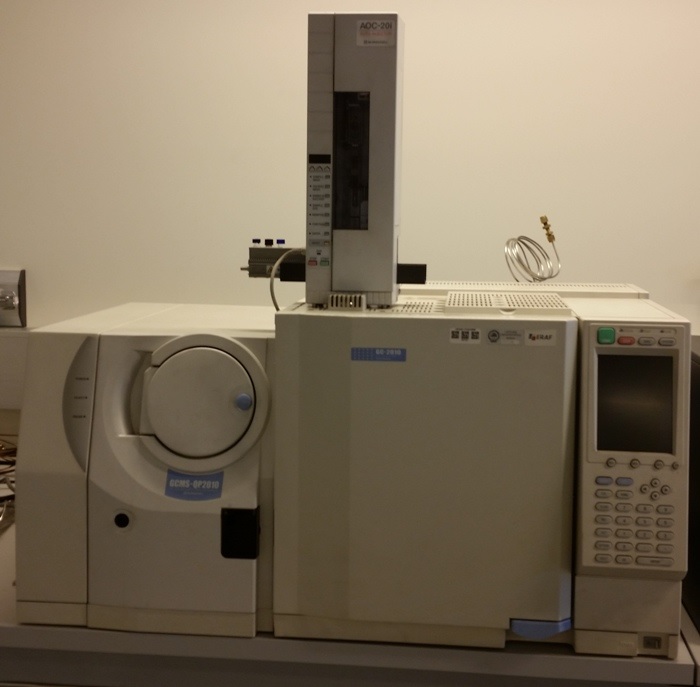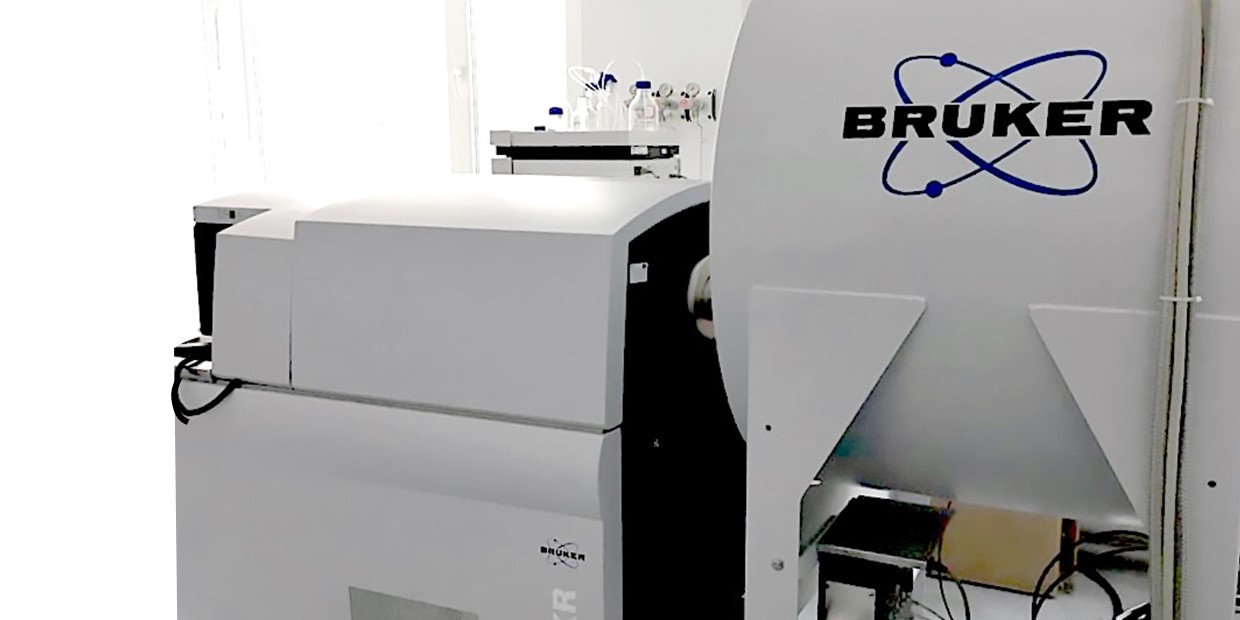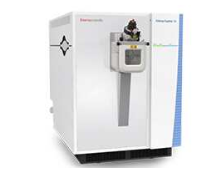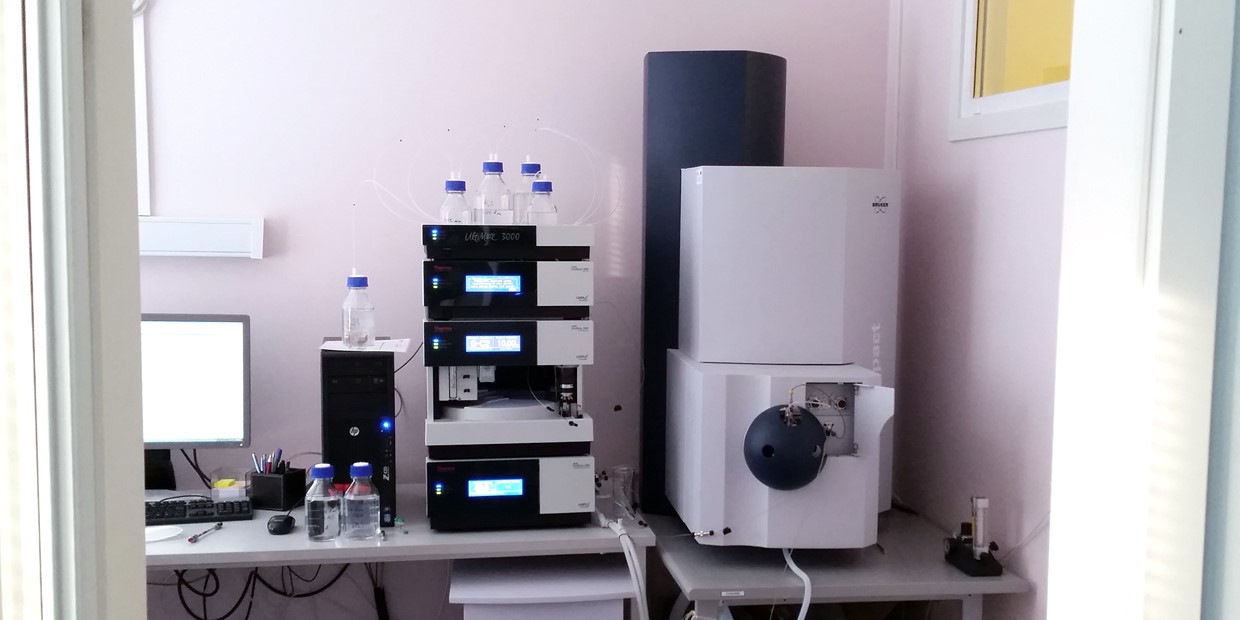
Contacts and Location
Description
"X-ray photoelectron spectroscopy (XPS), also known as electron spectroscopy for chemical analysis (ESCA), is a technique for analyzing the surface chemistry of a material. XPS can measure the elemental composition, empirical formula, chemical state and electronic state of the elements within a material. XPS spectra are obtained by irradiating a solid surface with a beam of X-rays while simultaneously measuring the kinetic energy of electrons that are emitted from the top 1-10 nm of the material being analyzed. Auger Electron Spectroscopy (AES) provides quantitative elemental and chemical state information from surfaces of solid materials. The average depth of analysis for an AES measurement is approximately 5 nm. Time-of-flight secondary ion mass spectrometry (TOF-SIMS) is a very sensitive surface analytical technique that provides detailed elemental and molecular information about surfaces, thin layers, interfaces, and full three-dimensional analysis of the samples. The use is widespread, including semiconductors, polymers, paint, coatings, glass, paper, metals, ceramics, biomaterials, pharmaceuticals. The average depth of analysis for a ToF-SIMS measurement is approximately 1 nm."
Specification
"ESCALAB Xi+ functionality: 1. X-ray photoelectron spectroscopy (XPS), including angle-resolved XPS (ARXPS). Small-area spectroscopy uses three methods to define the analysis area: source-defined (the monochromated X-ray beam can be focused to the spot size from 900 µm to 200 µm), lens-defined (Computer-controlled irises in the transfer lens can be set to provide a lateral resolution down to 20 µm), retrospective spectroscopy from images (using high-resolution parallel imaging, spectra can be obtained from even smaller areas). 2. Reflection Electron Energy Loss Spectroscopy (REELS). 3. Low-energy ion scattering spectroscopy (ISS/LEIS). 4. Auger electron spectroscopy (AES). 5. Ion source (EX06) for depth profiling. 6. Charge compensation for analysis of insulators. 7. Sample size 50 x 20 mm, sample thickness up to 12 mm. 8. Spectroscopy and imaging modes. 9. Depth resolution: 1-10 nm.
TOF.SIMS 5 functionality: 1. Parallel determination of organic and inorganic ions (elements and molecular frangments) from surface layers, simultaneous determination of ""all"" possible mass range, complete periodic table. 2. Bi ion source (Bi1+, Bi3+, Bi3++ ions). 3. Spectroscopy and imaging modes. 4. Field of view from µm2 to cm2. 5. Focus spot size up to 100 nm. 6. Sample size up to 100 mm in diameter. 7. Oil and water free low noise vacuum system. 8. Charge compensation for analysis of insulators. 9. Depth resolution: 1-3 monolayers."
Services
Qualitative and quantitative characteristics of the chemical and elemental composition of the solid surface
Contract title
Contract short description
Contract full description
"ESCALAB Xi+ funkcionalitāte: 1. Rentgenstarojuma fotoelektronu spektroskopija (XPS), ieskaitot leņķa atkarīgo XPS analīzi (ARXPS). Maza laukuma spektroskopijā analīzes apgabala noteikšanai izmanto trīs dažādas metodes: avota izmantošana (monohromatizēto rentgenstaru var fokusēt līdz izmēram no 900 līdz 200 µm), lēcu izmantošana (programmatūras kontrolēta lēcu sistēma ļauj iegūt laterālo izšķirtspēju līdz 20 μm), retrospektīvā spektroskopija no virsmas attēliem (augstas izšķirtspējas attēlu paralēlas noteikšanas režīmā spektrus var iegūt pat no mazākiem virsmas laukumiem). 2. Atstaroto elektronu enerģijas zuduma spektroskopija (REELS) 3. Zemas enerģijas jonu izkliedes spektroskopija (ISS/LEIS) 4. Ožē elektronu spektroskopija (AES) 5. Jonu avots (EX06) dziļuma profilēšanai 6. Uzlādes kompensācija dielektriķu analīzei 7. Parauga izmērs 50 x 20 mm, parauga biezums līdz 12 mm. 8. Spektroskopijas un attēlveidošanas režīmi. 9. Dziļuma izšķirtspēja: 1-10 nm.
TOF.SIMS 5 funkcionalitāte: 1. Organisko un neorganisko jonu paralēla noteikšana (elementi un molekulu frangmenti) no ārējiem virsmas slāņiem, ""visa"" iespējamā masas diapazona vienlaicīga noteikšana, pilnīga periodiskā tabula. 2. Bi jonu avots (Bi1+, Bi3+, Bi3++ joni). 3. Spektroskopijas un attēlveidošanas rezimi. 4. Redzes lauks no µm2 līdz cm2. 5. Fokusa izmērs līdz 100 nm. 6. Parauga izmērs līdz 100 mm diametrā. 7. Zemu trokšņu vakuuma sistēma bez eļļas un ūdens. 8. Uzlādes kompensācija dielektriķu analīzei. 9. Dziļuma izšķirtspēja: 1-3 monoslāņi."
Embedded Content
Funding Source
| EU Structual Funds (ERAF, ESF) | - |
|---|
Manufacturer
Thermo Fisher Scientific Inc. IONTOF GmbH
Model
ESCALAB Xi+, TOF.SIMS 5
Funded by EU
